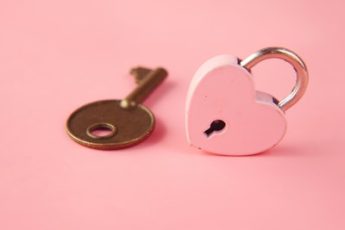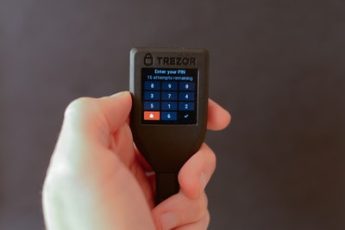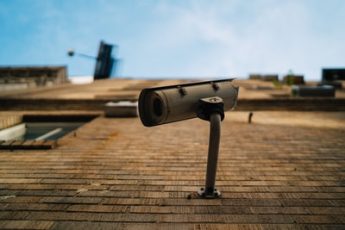Have you ever needed to secure your data? Ever lost a USB pen? If so then this article is for you. Encryption is the process of breaking up any data and putting it into an unreadable algorithm. Only you or your computer can decrypt it with the relevant passkey. This will prevent anyone but you from accessing the data. There are many different types of devices that can be protected, for example:
– USB pens- Network communications- Data been sent over the internet- Hardware devices

There are also many other devices/mediums that can be encrypted. Just about any data can be encrypted, from your bank details to sensitive business information. You can secure these files by using a strong password or PIN, but if you use the same password for multiple accounts or devices, this can be easily hacked.
There are also many other ways that you can lose your data. You can accidentally delete it, lose it or get it stolen. However, there are different ways you can lose your data too.
– Physical loss – This can be any kind of physical thing, like a theft of the USB pen.
– emotional loss – If the pen has been lost, then it is all gone. Maybe it was stolen, then all your work and efforts will be gone too.
– legal loss – If you included a contract with them when you bought the device, then they can sue you for all your losses.
This is why you need to encrypt your data.
What kind of encryption do I need to use?
Encryption needs to be both difficult and easy to use, and also needs to be able to be used on a wide range of devices. Decryption needs to be easy too, so that even if they are hacking into your devices, they will not be able to read the data.
There are two different kinds of pass-words to use with encryption. First is one that uses numbers. You would have to write it down and keep it in a safe place, and then you will need to change it 6 months later when you have a new device to plug in.
A better kind of password is one that uses words. You can make it as long as you like, and then it can be totally different every time you use it. It can be very easy to remember too, so that even if someone had access to your old tablet, they would not be able to access the data.
What type of encryption do I need?
Encryption needs to be both easy and difficult to use, and also needs to be able to be used on a wide range of devices.
The first step is to choose the right encryption algorithm. There are many different types of encryption software out there that need to be downloaded and installed. It all depends on what you want to do – you will want to choose a program that is easy to use and can be installed in no time.
Secondly, you will want to choose a password that will be easy to remember. Never use your birthday, or any other dates and holidays. They are very easy to guess.
Thirdly, make sure that your password will be difficult to crack. Any password that is too obvious like “YiKed739#45” will be cracked within a minute. Make it a combination of numbers and letters, but not so easy that you can’t remember it.
Once you use the right encryption software, you can plug in your USB pen and securely store all of your data for safekeeping. When you are ready to use it again, you just unplug it and it will auto-run on its own.
The USB pen drive itself is safe, but it is important to never plug it into any of the computers without first making sure that it is set to use encryption. You might consider using something like TrueCrypt to store your data, but this is not secure.
Encrypting your data will encrypt everything on your computer, but if you don’t set up the right encryption settings, then whoever you’re sending your data to can easily read through it and see everything.
In conclusion, encrypting your data and using a USB pen to encrypt your data is not just another way to spend time and money. It is a simple solution to a very serious problem.













